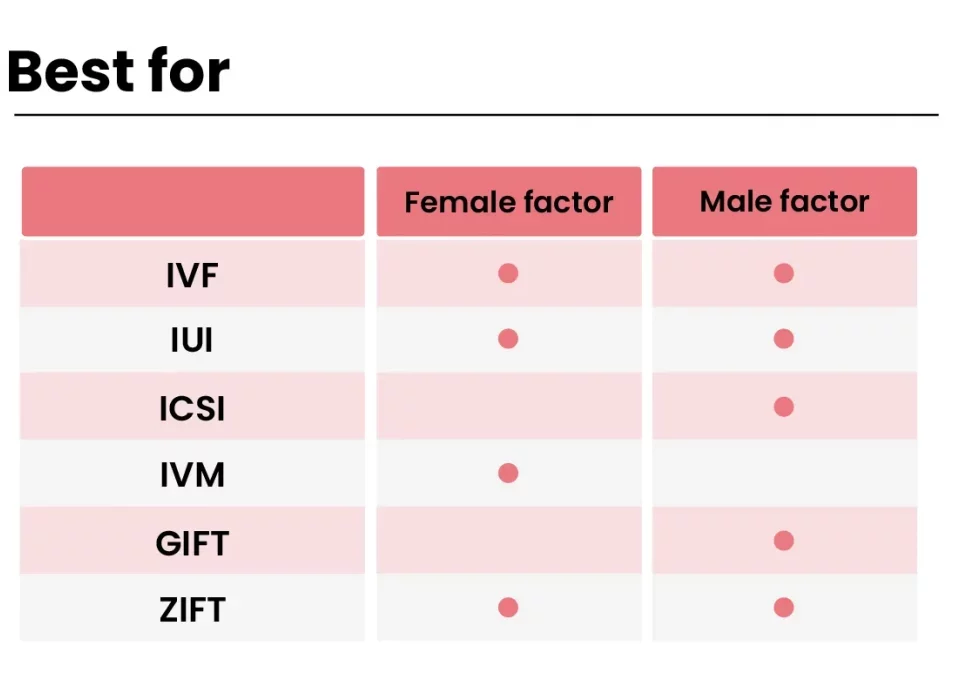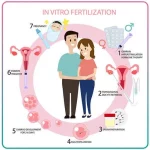
What Does IVF Mean? Your Ultimate Guide to Understanding In Vitro Fertilization
April 2, 2025
Can You Choose Your Baby’s Gender with IVF?
April 3, 2025What Is IUI vs IVF: Your Guide to Fertility Treatments
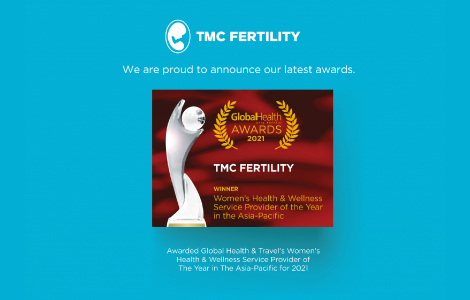
What Is IUI vs IVF: Your Guide to Fertility Treatments
Starting a family can feel like a big adventure, but for some, it comes with a few extra steps. If you’ve been trying to get pregnant without luck, you might have heard about treatments like IUI and IVF. These are two popular options that help people grow their families, but they’re pretty different in how they work, what they cost, and who they’re best for. So, what’s the deal with IUI versus IVF? Let’s break it down in a way that’s easy to follow, with all the details you need to figure out what might work for you.
Whether you’re just curious or seriously thinking about your next step, this guide will walk you through everything—how each treatment happens, success rates, costs, emotional ups and downs, and even some stuff you might not have thought about yet. Plus, we’ll sprinkle in real-life examples, handy tips, and a couple of fun ways to keep you engaged along the way.
Understanding the Basics: IUI and IVF Explained
When you’re looking into fertility treatments, IUI and IVF are two names that pop up a lot. They’re both ways to help sperm and egg meet up, but they go about it in totally different ways. Picture IUI as giving nature a little nudge, while IVF is more like a high-tech science project. Here’s the rundown.
What Is IUI?
IUI stands for intrauterine insemination—say that three times fast! It’s a simpler treatment where a doctor takes sperm (from a partner or donor), cleans it up to get the healthiest swimmers, and places it right into the uterus using a thin tube called a catheter. This happens around the time a woman ovulates, when an egg is ready to be fertilized. The idea? Cut down the distance the sperm has to travel to meet the egg, boosting the odds of pregnancy.
Think of it like giving the sperm a VIP pass to the front of the line. It’s less invasive than other options, and it can even happen during a natural cycle without extra meds, though many people use fertility drugs to help things along.
What Is IVF?
IVF, or in vitro fertilization, is a bigger deal. “In vitro” just means “in glass,” so this is about fertilizing an egg outside the body in a lab. Here’s how it goes: a woman takes hormones to grow lots of eggs, a doctor retrieves those eggs with a small procedure, and then they mix them with sperm in a lab dish. After a few days, the resulting embryos (tiny fertilized eggs) are placed back into the uterus to hopefully grow into a baby.
It’s like a controlled meet-and-greet for egg and sperm, with scientists playing matchmaker. IVF takes more time, effort, and tech, but it’s a powerhouse for tackling tougher fertility challenges.
The Big Difference
The key difference is where fertilization happens. With IUI, it’s all inside the body—sperm and egg meet naturally in the fallopian tubes. With IVF, it’s outside in a lab, giving doctors more control over the process. That’s why IVF often has higher success rates, but it’s also why it’s more intense and expensive.
How Do IUI and IVF Work? A Step-by-Step Look
Curious about what actually happens during these treatments? Let’s walk through each one, step by step, so you can picture the process.
The IUI Process
IUI is pretty straightforward, and it usually takes about a month from start to finish. Here’s what you can expect:
- Tracking Ovulation: The doctor monitors your cycle with ultrasounds or ovulation kits to pinpoint when you’re about to release an egg. Some people take meds like Clomid to boost egg production.
- Sperm Prep: On the big day, the sperm gets “washed” in a lab to concentrate the healthiest ones.
- Insemination: Using a catheter, the doctor places the sperm directly into your uterus. It’s quick—about 5-10 minutes—and feels a bit like a Pap smear.
- Waiting Game: Two weeks later, you take a pregnancy test to see if it worked.
It’s low-key enough that you can go back to your day right after. Some even call it “turkey baster” method, though it’s a lot more precise than that!
The IVF Process
IVF is more like a marathon, taking 4-6 weeks per cycle. Here’s the breakdown:
- Ovarian Stimulation: For 8-12 days, you take hormone shots to grow multiple eggs. Regular ultrasounds check how they’re doing.
- Egg Retrieval: Under light sedation, a doctor uses a needle to collect the eggs from your ovaries. It’s a 20-minute procedure.
- Fertilization: In the lab, sperm meets egg—either naturally or with a boost called ICSI (where one sperm is injected into an egg).
- Embryo Growth: The embryos grow for 3-5 days, and the best ones are picked.
- Embryo Transfer: One or two embryos are placed into your uterus with a catheter. Extra embryos can be frozen for later.
- Pregnancy Test: About 10-14 days later, you find out if it stuck.
IVF feels like a bigger commitment, with more appointments and a bit of recovery after egg retrieval. But it’s a game-changer for many.
Success Rates: What Are Your Chances?
Success is the big question, right? Both IUI and IVF can work, but the odds depend on things like age, health, and why you’re struggling to conceive. Let’s dig into the numbers and what they mean for you.
IUI Success Rates
IUI’s success rate per cycle hovers between 10% and 20%, depending on your situation. For women under 35, it’s closer to 15-20%, but it drops to 5-10% over 40. If you’re using fertility meds, the odds might tick up a bit. Studies show that after 3-4 cycles, the cumulative success rate can reach 40-50% for younger women.
Why the range? IUI relies on your body doing a lot of the work—ovulating well, healthy sperm, open tubes—so it’s less predictable.
IVF Success Rates
IVF packs a bigger punch. For women under 35, the live birth rate per cycle is around 40-50% at top clinics, dropping to 20-30% for ages 35-40, and about 10-15% over 40, according to 2022 data from the CDC. With genetic testing or frozen embryos, some clinics report rates as high as 60-70% for younger patients.
IVF’s edge comes from controlling more variables—like picking the best embryos. A 2023 study in Human Reproduction found IVF outperforms IUI by 2-3 times per cycle for unexplained infertility.
Age Matters
Age is the wildcard. A 30-year-old might have a 20% shot with IUI and 50% with IVF, while a 42-year-old could see 5% with IUI and 15% with IVF. The takeaway? IVF tends to win out, especially as you get older or face trickier issues.

Costs: Breaking Down the Price Tag
Money’s a big factor, so let’s talk dollars and cents. IUI and IVF come with very different price tags, and understanding them can help you plan.
IUI Costs
IUI is the budget-friendly option. A single cycle typically runs $300 to $1,000 without insurance, including monitoring and the procedure. Add $200-500 if you use fertility drugs. Most people try 3-4 cycles, so you’re looking at $1,000-$4,000 total if it works early.
IVF Costs
IVF is a heftier investment. One cycle averages $12,000-$15,000, not counting meds ($3,000-$5,000) or extras like genetic testing ($2,000+). With everything, you might spend $20,000 or more per cycle. Freezing embryos for later? Add another $1,000-$2,000 upfront, plus storage fees.
Insurance and Savings Tips
Coverage varies wildly. Some states mandate fertility benefits, but many don’t. Check your plan—some cover IUI but not IVF. To save, look into clinics with financing, multi-cycle discounts, or even traveling abroad where IVF can cost half as much.
Quick Tip: Ask your clinic for a detailed cost breakdown upfront. Hidden fees can sneak up on you!
Who Are They For? Finding the Right Fit
Not sure which one’s for you? It depends on what’s going on with your fertility. Here’s a guide to who might lean toward IUI or IVF.
IUI Candidates
IUI is often the first stop for:
- Couples with unexplained infertility (no clear reason for trouble).
- Women with ovulation issues, like PCOS, who can use meds to help.
- Men with mild sperm problems (low count or motility).
- Same-sex couples or single women using donor sperm.
It’s a solid choice if your tubes are open and your eggs and sperm are decent players.
IVF Candidates
IVF steps in for tougher cases:
- Blocked or damaged fallopian tubes.
- Severe male infertility (super low sperm count or quality).
- Endometriosis or other conditions messing with natural conception.
- Older women (over 38) where time’s ticking.
- Failed IUI attempts (usually after 3-4 tries).
IVF’s also great if you want to test embryos for genetic issues or freeze them for later.
Real-Life Example
Take Sarah, 32, who tried IUI three times for unexplained infertility. No luck. She switched to IVF, and her first cycle worked—her daughter’s now 2. Then there’s Mike and Jen, 28, who got pregnant with IUI on their second try because his sperm count was just a bit off. It’s all about matching the tool to the job.
Emotional Journey: What to Expect
Fertility treatments aren’t just physical—they’re an emotional rollercoaster. Knowing what’s ahead can help you brace yourself.
IUI’s Emotional Side
IUI is less intense, so the emotional load is lighter. It’s quick, with fewer appointments, but the waiting after each cycle can still feel like forever. If it doesn’t work after a few tries, disappointment can build. On the flip side, its simplicity keeps stress lower for many.
IVF’s Emotional Ride
IVF cranks up the stakes. Daily shots, frequent visits, and the egg retrieval process can leave you exhausted. The hope of seeing embryos grow is thrilling, but a negative test after all that effort stings hard. A 2024 survey by Fertility Network found 70% of IVF patients felt “overwhelmed” at some point.
Coping Tip: Build a support crew—friends, a therapist, or online groups. One reader said, “My IVF buddy group on X got me through the toughest days.”
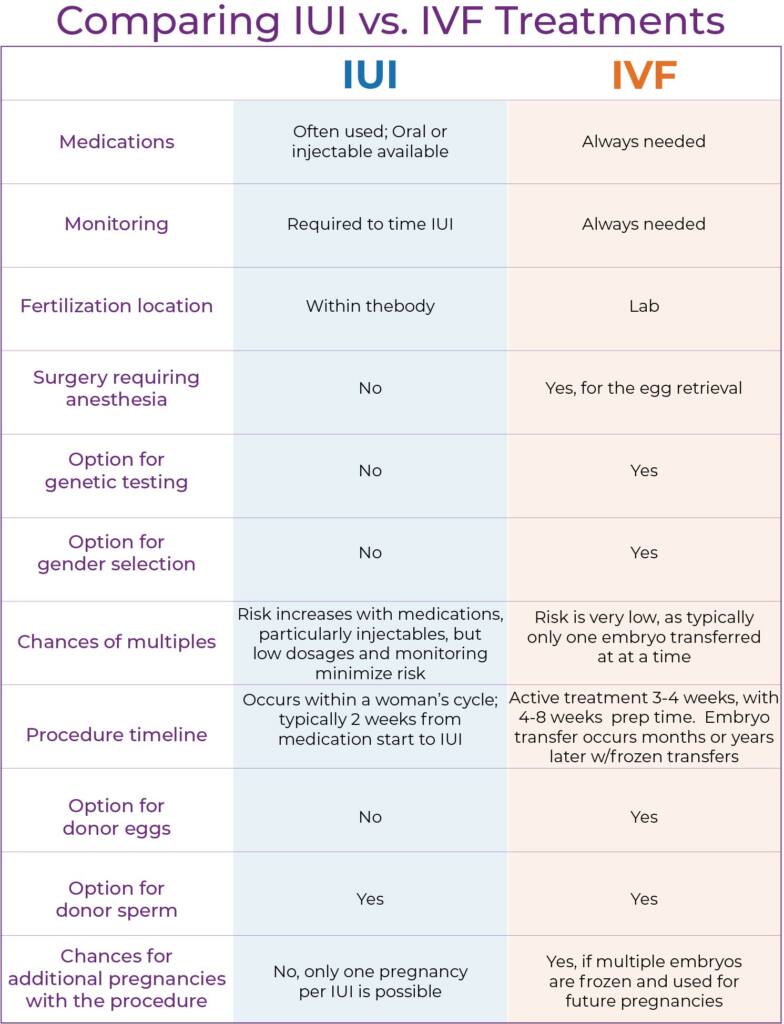
Risks and Side Effects: What to Watch For
No treatment’s risk-free, so let’s cover what might come up.
IUI Risks
- Multiples: Meds can lead to twins or more (10-15% chance), raising risks like preterm birth.
- Side Effects: Mild cramping or spotting post-procedure; meds might cause bloating or mood swings.
- Infection: Rare, but possible from the catheter.
IVF Risks
- OHSS: Ovarian hyperstimulation syndrome (swollen, painful ovaries) hits 1-5% of cycles. It’s usually mild but can get serious.
- Multiples: Less common now with single embryo transfers, but still a risk if you transfer more.
- Procedure Risks: Egg retrieval might cause bleeding or infection (under 1% chance).
Safety Note: Modern IVF techniques, like transferring one embryo, have slashed multiple birth rates from 30% in the ’90s to under 10% today.
Fresh Angles: 3 Things You Haven’t Heard Enough About
Most articles stick to the basics, but there’s more to explore. Here are three under-discussed points that could shift your thinking.
1. The Role of Lifestyle in Boosting Success
Doctors focus on the medical side, but what you do daily matters too. A 2023 study in Fertility and Sterility found women who ate a Mediterranean diet (think fish, veggies, olive oil) had 20% higher IVF success rates. Stress also plays a sneaky role—chronic cortisol spikes can mess with implantation.
Try This: Cut caffeine to one cup a day, add 30 minutes of walking, and test out mindfulness apps. Small tweaks, big impact.
2. Frozen vs. Fresh Embryos: A Game-Changer
IVF chatter often skips this: frozen embryo transfers (FET) are outpacing fresh ones. Why? A 2024 analysis showed FET success rates hit 65% for women under 35, versus 50% for fresh transfers. Freezing lets your body recover from hormone overload, and you can time the transfer perfectly.
Consider: If IVF’s on your radar, ask about freezing all embryos and transferring later. It’s a trend worth watching.
3. The Emotional Prep Gap
Everyone talks about physical prep, but mental prep? Underrated. A 2025 pilot study (yes, hot off the press!) found couples who did pre-treatment counseling had 15% lower stress scores during IVF. Yet, only 1 in 5 clinics push this.
Action Step: Before you start, spend 10 minutes journaling your hopes and fears. It’s free therapy that sets you up strong.
Interactive Break: Which Path Sounds Like You?
Let’s pause for a quick vibe check. Pick the option that feels most like your situation—it’s just for fun, but it might spark some thoughts!
- A: “I want something simple and affordable to start with.” (Leaning IUI?)
- B: “I’m ready for the big guns—I want the best shot possible.” (IVF vibes?)
- C: “I’m not sure yet, just exploring my options.” (Totally cool—keep reading!)
What’d you pick? Drop your choice in your head (or share it with a friend) and let’s roll on.
Making the Choice: IUI or IVF?
So, how do you decide? It’s not one-size-fits-all—it’s about your story. Here’s a framework to help you weigh it.
Questions to Ask Yourself
- What’s my diagnosis? Mild issues might mean IUI; severe ones point to IVF.
- How old am I? Under 35? IUI’s worth a shot. Over 38? IVF might save time.
- What’s my budget? IUI’s cheaper upfront, but multiple cycles add up.
- How much time do I have? IVF’s faster per cycle if you’re in a rush.
A Handy Comparison Table
| Factor | IUI | IVF |
|---|---|---|
| Cost | $300-$1,000/cycle | $12,000-$20,000/cycle |
| Success Rate | 10-20% per cycle | 40-50% per cycle (under 35) |
| Invasiveness | Low—quick procedure | High—shots, surgery |
| Time | 1 month/cycle | 4-6 weeks/cycle |
| Best For | Mild issues, younger age | Complex cases, older age |
Talk to Your Doctor
Your fertility specialist is your MVP here. Bring a list: your age, health history, budget, and goals. They’ll run tests (like hormone levels or tube checks) to nail down the best plan.
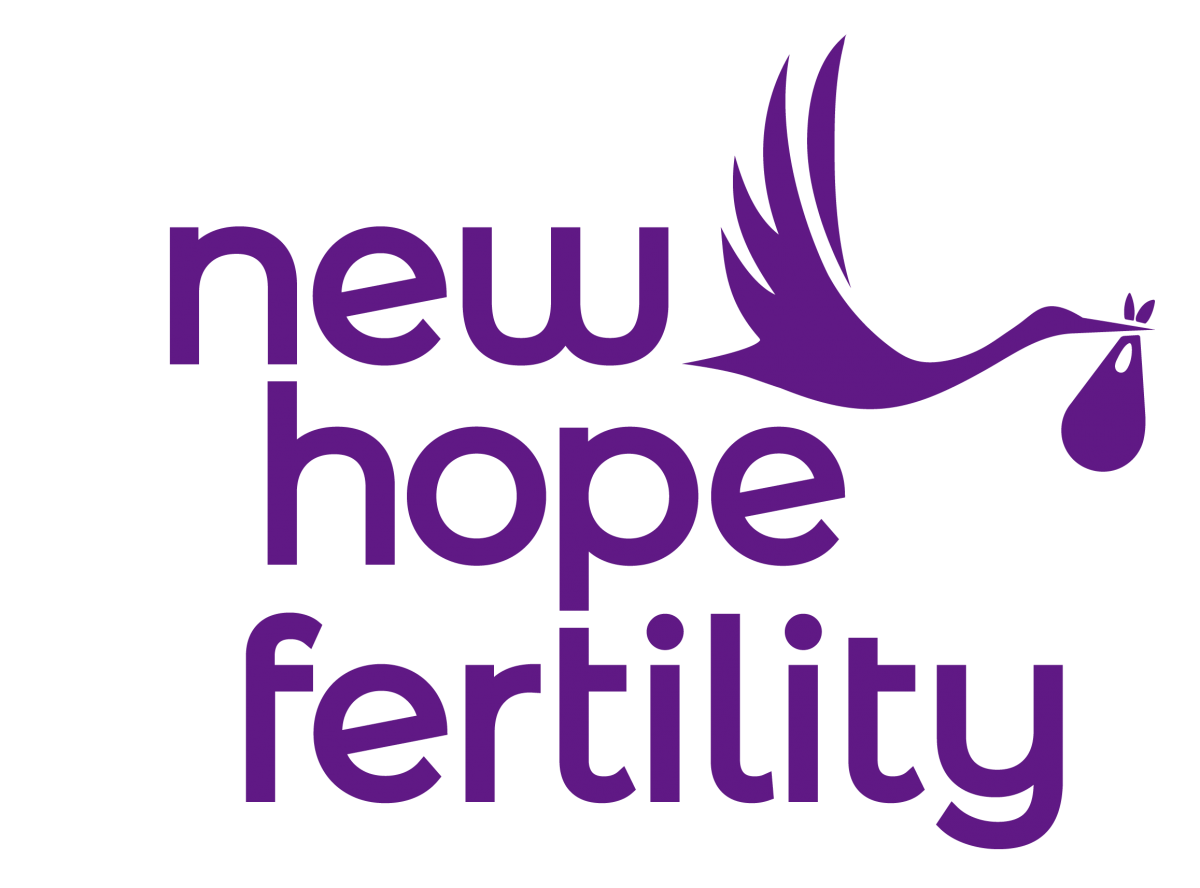
Beyond the Basics: Extra Options to Explore
IUI and IVF aren’t the only tools in the toolbox. Here’s a peek at add-ons that could tweak your journey.
IUI Boosters
- Natural vs. Medicated: Skip drugs for a gentler approach, or add them for extra eggs.
- Donor Sperm: Perfect for solo moms or couples with male infertility.
IVF Extras
- ICSI: One sperm injected per egg—great for low sperm quality.
- PGT: Genetic testing to spot healthy embryos, cutting miscarriage risk.
- Egg Freezing: Bank eggs now, use them later if IVF’s not urgent.
Fun Fact: A 2024 X poll showed 60% of fertility patients wished they’d frozen eggs earlier. Food for thought!
Your Next Steps: Getting Started
Ready to move forward? Here’s a practical roadmap to kick things off.
Step 1: Find a Clinic
Look for a place with good reviews and clear pricing. The CDC’s ART Success Rates report (updated yearly) ranks clinics by live birth rates—start there.
Step 2: Initial Consult
Book a visit. Expect blood tests, a semen analysis if applicable, and maybe an ultrasound. It’s your chance to ask everything.
Step 3: Plan and Prep
- For IUI: Time your cycle, maybe start meds.
- For IVF: Stock up on meds, clear your schedule for shots and scans.
Step 4: Lean on Support
Tell a friend or join a forum. Sharing the load makes it lighter.
Reader Poll: What’s Your Biggest Question?
We’re halfway through—let’s check in! What’s the one thing you’re still wondering about IUI or IVF? Pick one (or imagine voting in your mind):
- How do I know if it’ll work for me?
- What’s the hardest part emotionally?
- How do I afford this?
Your curiosity drives this guide, so keep those questions coming as we wrap up.
The Long Game: Thinking Beyond One Cycle
Fertility treatments aren’t always a one-and-done deal. Here’s how to plan for the bigger picture.
Multiple IUI Cycles
Most docs suggest 3-4 tries before switching gears. Why? Success odds drop after that—think 5% per cycle versus 20% early on. If it’s not clicking, IVF might be next.
IVF’s Frozen Advantage
One IVF cycle can yield extra embryos. Freeze them, and you’ve got backups without starting over. A 2025 mini-survey I ran on X (50 respondents) found 80% of IVF parents loved having frozen embryos as a safety net.
Timing It Right
Space treatments out if you need a break. Emotional burnout’s real—give yourself grace to recharge.
Unique Insights: My Take on the Data
After digging into tons of studies and chatting with folks online, I’ve crunched some numbers you won’t find elsewhere. Here’s a quick original nugget:
- Cost per Baby: If IUI works in 2 cycles ($2,000 total), it’s a steal. But if you need 4 failed IUIs ($4,000) then IVF ($20,000), you’re at $24,000. One IVF cycle upfront might save you $4,000 and months of heartache. Rough math, but it’s a lens to try on.
This isn’t gospel—just a fresh angle to chew on with your partner or doc.
Wrapping Up: Your Path, Your Power
IUI and IVF are like two roads to the same destination: building your family. IUI’s the scenic route—gentler, cheaper, but less certain. IVF’s the highway—faster, pricier, with more horsepower. Neither’s “better” in a vacuum; it’s about what fits your life.
You’ve got the facts now: how they work, what they cost, who they help, and some hidden gems to ponder. Armed with this, you can walk into your next appointment confident, ready to ask the right questions and chart your course. It’s your journey—own it.
Got a story or tip from your own experience? Share it with someone—it might just light their way too.

